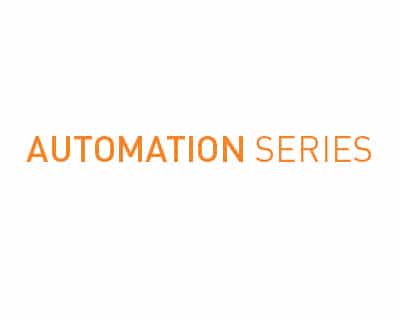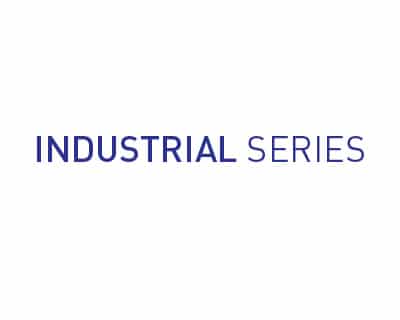When choosing a belt conveyor system, one of the most important decisions you’ll have to make is which belt it should be equipped with. In most cases it’s the only part of the conveyor that’s actually in contact with your parts, product or packaging.
Here are eight important questions to ask when choosing a belt:
What is the coefficient of friction? – Belt surfaces range from an extremely low coefficient of friction to a high coefficient of friction. Low friction belts are ideal for accumulation applications or side-entering or -exiting applications where product must slide while the belt continues to move. High friction belts are often found in incline applications up to 15° to ensure positive product movement simply through friction between the product and the belt.
What are the maximum and minimum temperatures? – There are two temperatures you should be concerned with: ambient operating temperature and temporary part temperature. Each is important for the long-term function of the belt. Ambient temperatures that are too cold can lead to brittleness and cracking of the belt; temperatures that are too high could lead to belt stretch or delamination at the splice. Short-term part temperature specifications ensure hot parts don’t damage the surface of the belt when they’re placed or dropped onto the conveyor.
What color is the belt? – Color is most important in inspection applications, whether it’s automated with cameras or a visual inspection by an operator. Proper color contrast with the product can be vital for spotting defects or impurities. Blue is very common in food applications since it’s a color that rarely appears naturally in foods, making it easy to spot residue after cleaning.
Is the belt cut resistant? – If your product has sharp edges, a cut resistant belt may be necessary to avoid cutting the surface of the belt. These belts typically include a hardened urethane or PVC top surface.
Should I use a sealed edge belt? – To reduce particulates in cleanroom environments, a sealed edge belt is typically recommended. These encapsulate the cut edges of the belt to seal in the fibers of the carcass. Without a sealed edge, those fibers may be released as the belt flexes around the pulley.
Does the belt have release properties? – In some applications, product may tend to stick to the belt, whether it’s a sticky confectionery product or glue from a packaging process. A silicone belt helps to ensure the product is released cleanly.
Do I need cleats? – Cleated belts are common for applications where parts need to be pushed up an incline or restricted from sliding or rolling down a decline. They’re also used to maintain product spacing, especially in applications where parts are fed manually by an operator. Cleats are placed at custom intervals based on the customer’s specifications and are available in a variety of heights for different products and applications.
What’s in stock? – All these considerations mean nothing if finding the perfect belt would push the lead time past the date you need the conveyor. With hundreds of potential belt types, it would be impractical for conveyor manufacturers to stock every type. Most manufacturers stock a limited number (at QC Conveyors we stock seven types, which cover about 95% of our conveyor orders) and rely on the belt manufacturers to supply others as needed. This can double or triple the lead time for the conveyor, so it’s important to know which belts your conveyor manufacturer stocks, especially if you need a conveyor quickly. You may be able to compromise on one of the other requirements to help meet your lead time requirement.
To see photos and specifications of the various types of belts that are available, visit the Belts section of our website. You’ll find filters that help you narrow down the belts to find the perfect one for your application.
In addition, our Applications Engineers are always available to help select the proper belt for your application. They have decades of experience with various products and applications.





















